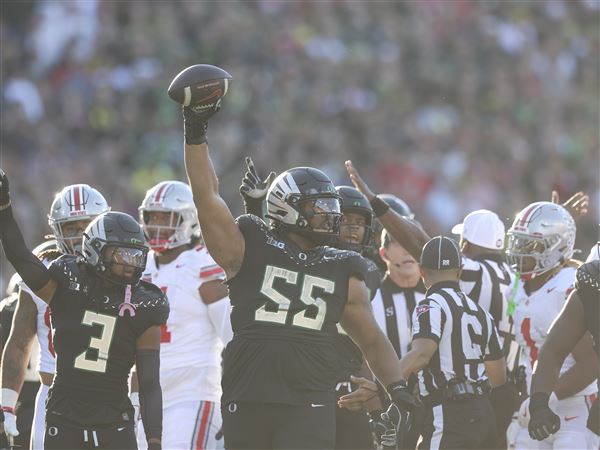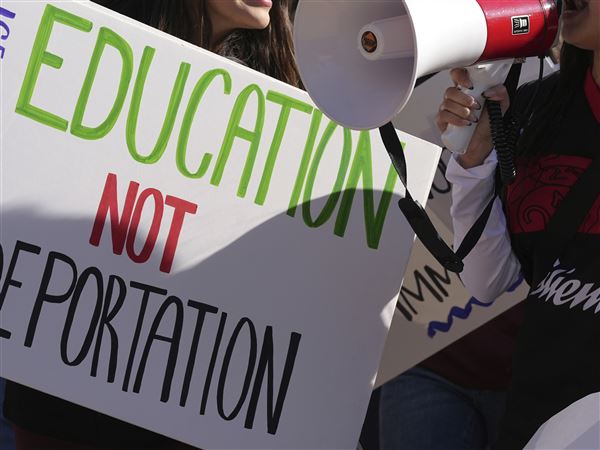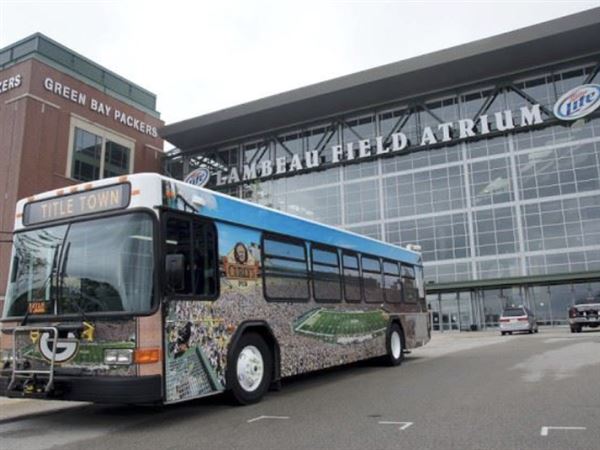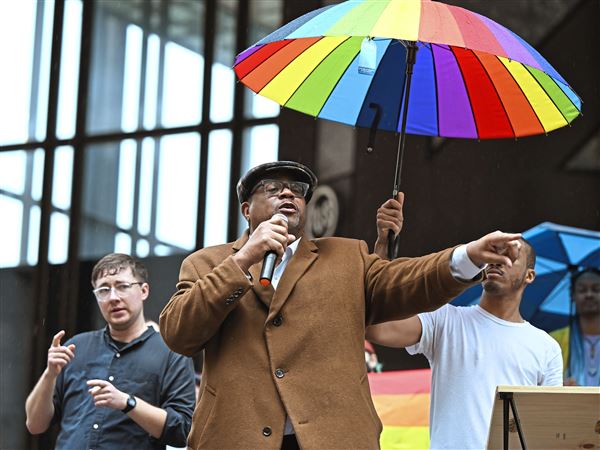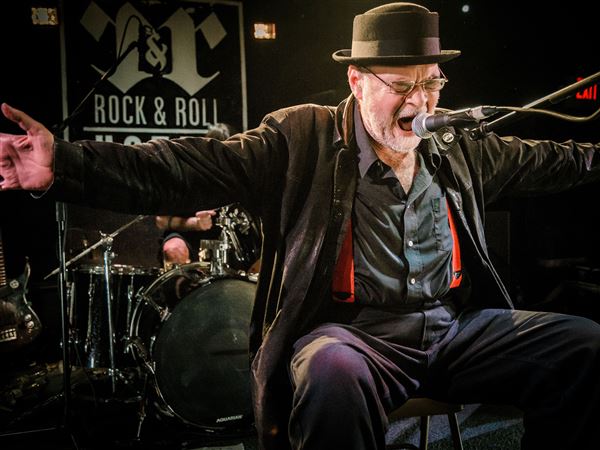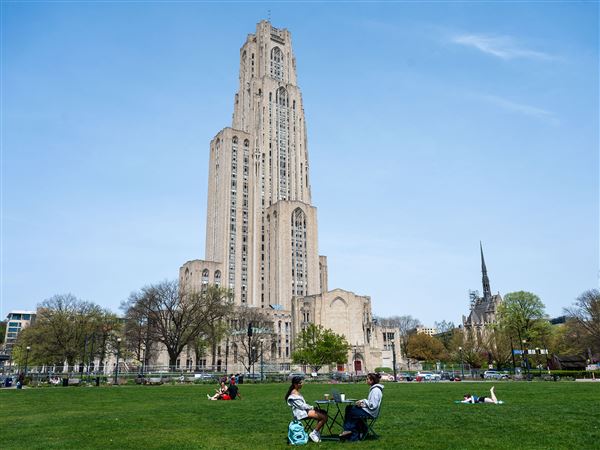The stigma attached to the phrase “inner-city public high school” is powerful and alienating to many students and families. It is also not accurate.
I’ve just completed my sophomore year at Barack Obama Academy of International Studies, located in the former Peabody High School building in Pittsburgh’s transforming neighborhood of East Liberty. I attended a private, single-sex elementary and middle school before coming to Obama.
Over the past two years, I’ve come to appreciate the Obama community, and public education in general, immensely. Leaving the safe haven of a private institution to attend an urban public high school was one of the best decisions I’ve made.
Many people have compared my high school to a prison, at least in the way it looks. A friend of mine said she would have considered coming to Obama were it to have windows. Don’t judge a book by its cover, we’ve all been warned. Yet we are all guilty of confusing surface with substance.
I came to Obama because opportunity is not a private commodity. My former school was the type of place that gets you where you want to go. I wanted to reach my academic goals but not be the conventionally educated, private-school (or suburban-school, for that matter) white girl, with Ivy League, upper-middle class parents.
Opportunity is everywhere, and it can be found in a disadvantaged public school district, in a building that looks like a prison, in a classroom without windows.
This past spring, I participated in a video documentary regarding race relations at Obama, in part because I am the first and, thus far, only white person to play basketball at my high school. Throughout my high school career, the most potent lesson I’ve learned is to take risks — which is why I decided to try out for the girls’ basketball team.
On the second day of tryouts, one of the girls asked to braid my hair. It became a kind of tradition. I didn’t feel so out of place after that second day of tryouts, even though the team dynamic was so different from the team dynamic at my former school.
Before almost every game that season, one of the girls braided my hair. We started to go over homework together before practices. They taught me how to dance, laughing at how badly I twerk. My teammates rapped “Happy Birthday” to me at practice when I turned 15 last year.
One afternoon, a group of us was studying in the library before practice. Truthfully, it was a lot more laughing than studying. Suddenly one teammate said that she had written a spoken-word poem and wanted to share it with us. She got out her phone and began to read.
It was about teaching her younger sister how to go through adolescence without being persuaded to do anything she isn’t ready for. It ended with my teammate saying that she had done things she now regrets.
It was beautiful, I won’t forget it, and it was completely unexpected. And when she finished reading, I realized that the stories that walk through these halls have so much substance. And these stories are important, not only because they’re different from those you hear in a private school, but because they’re overlooked.
The International Baccalaureate curriculum at Obama is plenty rigorous if you take the right classes, but high school is not only about concrete knowledge. Experiences determine a great deal of a person’s character and future.
I’ve learned a lot of “stuff,” life lessons of sorts, that colleges won’t ever see on my application. This knowledge has become an indispensable part of me. And somehow, these things I’ve learned and experiences I’ve gained will help me, directly or indirectly. I’ll be able to use them to create a better world.
There’s something valuable here that people are missing when they drive by Obama and say, “I would never send my child there.” The stereotypes about the neighborhood seem here to stay and the appearance of the building is what it is.
But from the outside, you can’t see the strength of the academic program, how much the teachers care about the students, the intensity of the school pride and spirit, and how much we learn from each other in this unique environment. I have seen how Obama shapes students into well-rounded and globally aware individuals in ways that private schools don’t.
Despite all the obstacles that trouble public schools, these institutions hold their own. They are effective, or can be made so. In fact, when adequate resources and public commitment match the depth and promise of inter-city high schools, they can turn out the most worldly and well-rounded students anywhere.
Lainey Newman lives in Squirrel Hill and plans to focus on political science and medicine in college.
First Published: June 21, 2015, 4:00 a.m.
